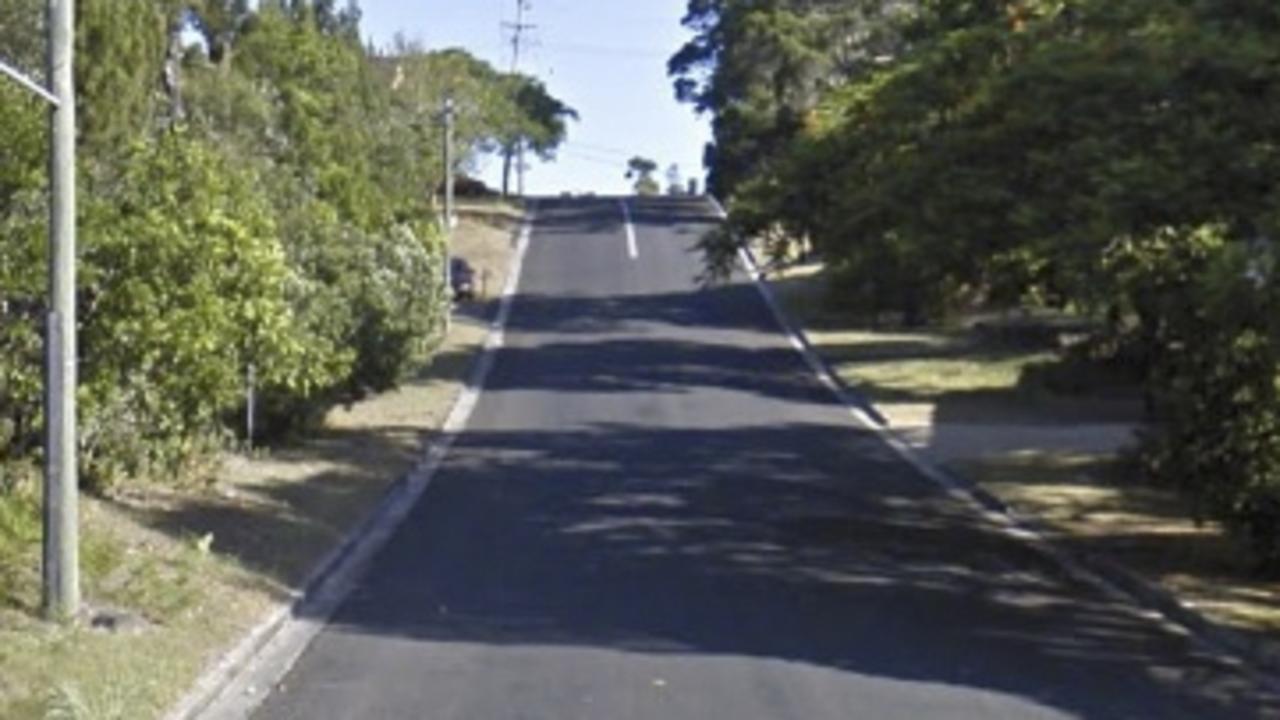Lismore's big plan: How council will grow the city
THE council has revealed its detailed strategy for the city's future growth despite concerns about population decline.

Lismore
Don't miss out on the headlines from Lismore. Followed categories will be added to My News.
LISMORE City Council was "poised and ready" for future growth, despite the loss of more than 500 residents in the last four years.
After a steady rise in development approvals the council believes the city will start to grow again despite the population downturn - equivalent to a 1.2% fall since 2014.
Lismore City Council's strategic planning coordinator Paula Newman said spoke at length with The Northern Star about the population issue, and how the council was enacting plans for the future.
The council's current growth management strategy was developed following the 2011 census, and built on an prediction that the Lismore City Council area would grow by 5000 to 6000 residents by 2031.
However, Lismore's population since then has fallen by an estimated 532 people.
"Population has gone down... but the demographers say it's nothing to be concerned about because overall we have a stable population, we haven't got wild fluctuations like some regional areas experience," Ms Newman said.
"We've got the hospital, with got these great attributes. There's been a decline in population numbers but we're not panicking yet, and council is doing all it can to try and encourage development."
The council has seen a 20-25 per cent increase in development activity over the last five years, with the value of residential approvals jumping from around $20 million in 2015 to $40 million in 2016 and more than $60 million in 2017.
Ms Newman said the council had worked proactively with landowners to support the rezoning of land for residential purposes, and rolled out new, best practice DA lodgement processes.
It has also provided targeted development infrastructure contributions discounts.
"Short of building the stuff, this council has done a lot to encourage growth and development," Ms Newman said.
"We've also put out two prospectuses saying this a place for people to invest."
The biggest development in two decades is the North Lismore Plateau, and the first development application for that site, for 440 lots, was expected to be assessed by the Joint Regional Planning Panel in September.
Two other area which have been potentially slated for new urban development are the Trinity Drive release area, and possibly Lagoon Grass, between the Goonellabah ridge and Bangalow Rd.
These areas will eventually link to Bangalow Rd allowing residents there easy access to Lismore.
CRITICS
But not everyone was happy with the council's growth strategy.
Lismore real estate agent and Chamber of Commerce vice president Andrew Gordon said growth of 5000 people in 20 years - equal to 0.25 per cent annual growth - was a "token gesture, not a committed effort".
"I'd like to see Lismore growing at the state average, the state average is what businesses need to pay the bills."
"Casino's growing at 1.6 per cent."
Mr Gordon noted the barriers in place to development, citing plans for a 120 lot rural residential development at Monaltrie which was now in limbo after the council in April last year voted to neither approve or reject an application to rezone the land.
The developers are waiting on an Office of Environment and Heritage study about koala populations in the area and how any development might impact them, due by the end of the year.
Veteran real estate agent Paul Deegan said Lismore should have 70,000 people by now.
He said the council "need to stop trying to be the fairy godmother to everyone".
"If you want the town to grow, you've got to feed it. That means growing the CBD, and subdivisions. But they are charging the same for subdivisions as coastal locations when they should be charging less."
He said the North Lismore Plateau had been a typical example of "slow going".
"People started applying for that to be residential land 30 years ago. That's just ridiculous. If the council want it to be a residential growth area, why not just get in and do it."
"There doesn't seem to be any urgency."
But some sources say the council has improved its processes in the last five years and is on par with Ballina Shire Council is pushing through development applications and facilitating larger scale rezonings. They said growth was simply more complex today than 30 years ago due to the level of responsible environmental scrutiny in any planning proposal.
FUTURE GROWTH AREAS
North Lismore plateau - DA for 440 lots due to be determined by Joint Regional Planning Panel in the next three months.
Invercauld Rd was rezoned in 2013 with a DA already approved for 244 lots, with an additional 214 lots available for subdivision in the future.
Hidden Valley, Chilcotts Grass: 135 lots approved with construction underway, 40 already sold
Waterford Park, Goonellabah: Approved development now into Stage Eight, total of 236 lots.
Pineapple Rd, Goonellabah: DA expected for 300 lots plus an additional 140 dwelling seniors' village.
Valley View, Richmond Hill: 82 lots
Outside of Lismore urban area, there are several small rural residential land releases approved across the LGA, including in the Nimbin area.
The council was also expecting a new rezoning application for further residential development at Bexhill, which has been a long time coming.
VALUE OF RESIDENTIAL DA APPROVALS
2014-15: $18 million
2015-16: $41 million
2016-17: $64 million


